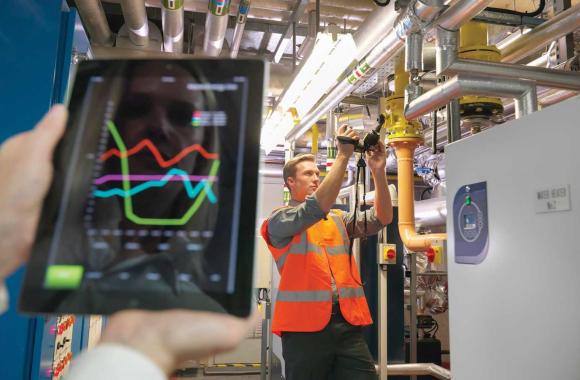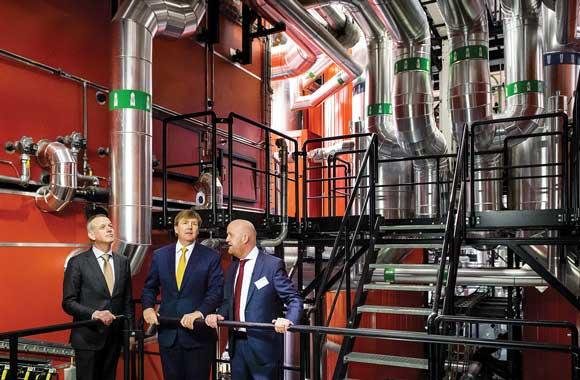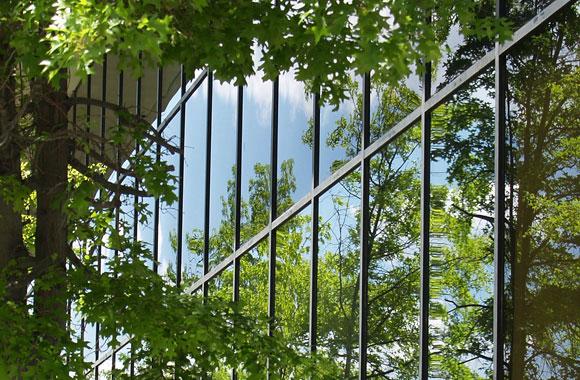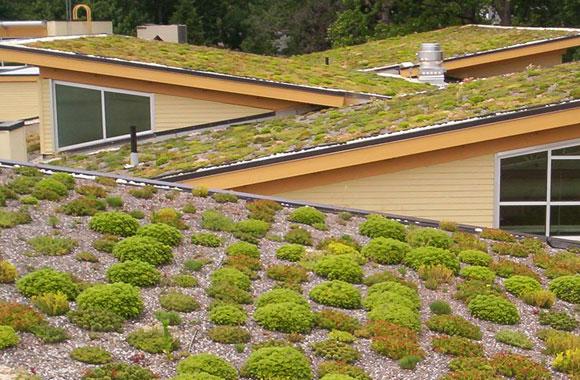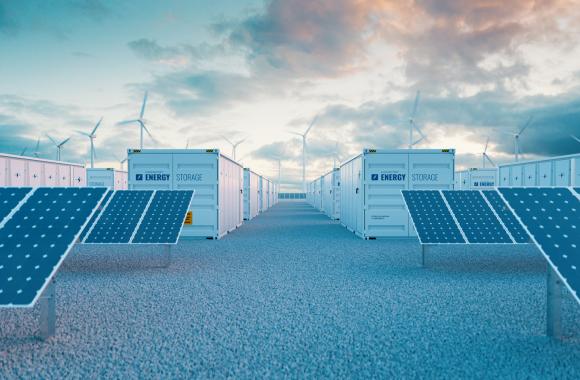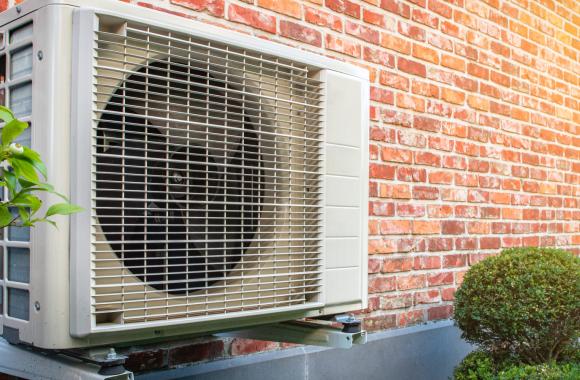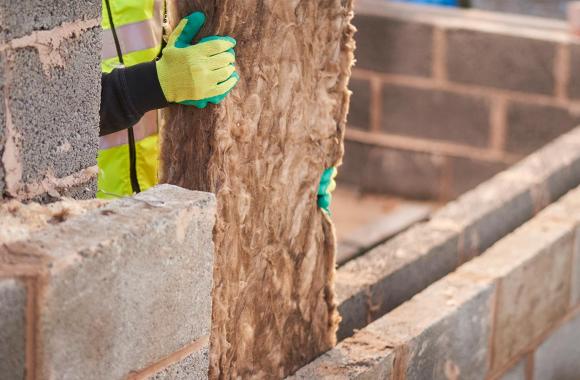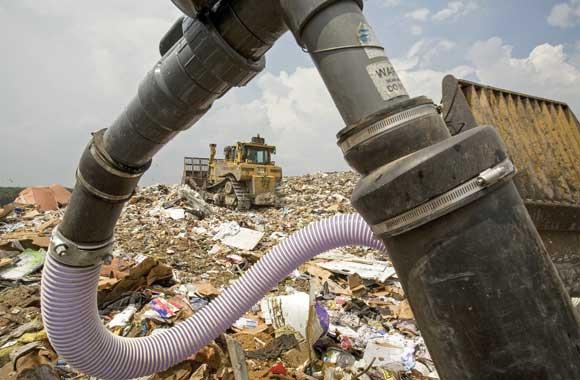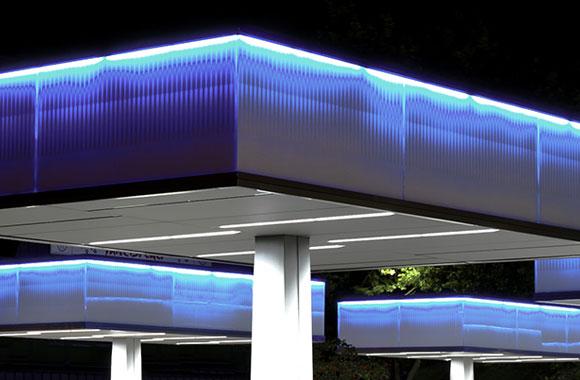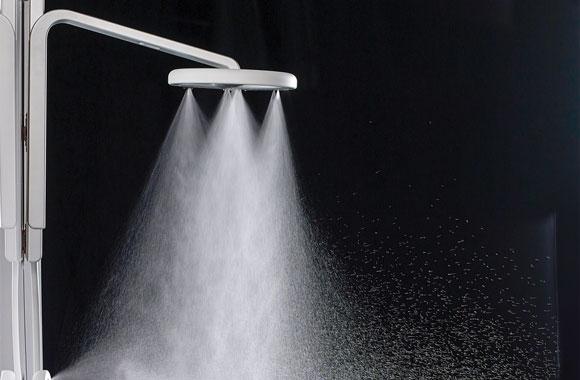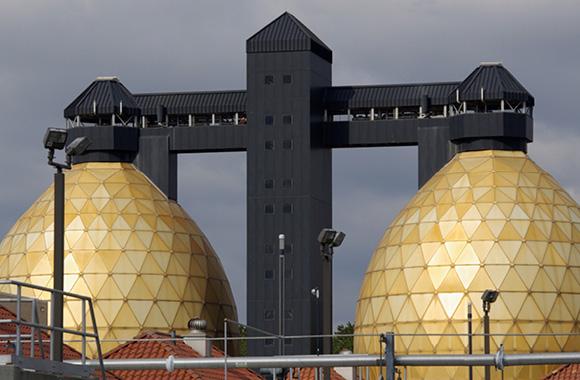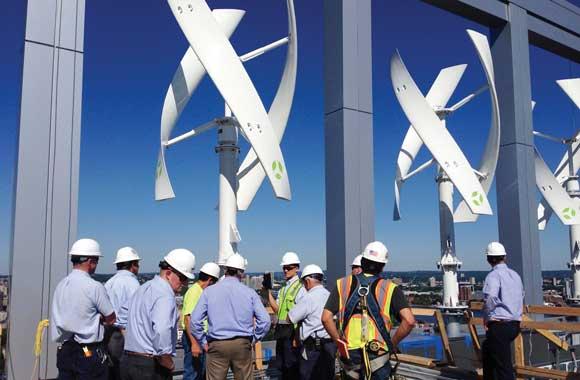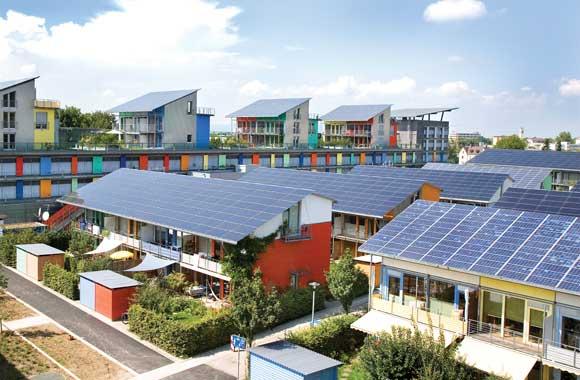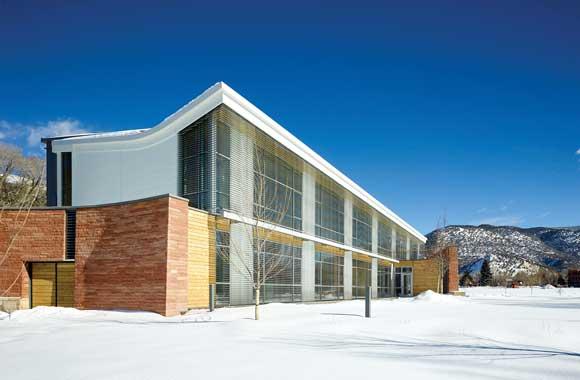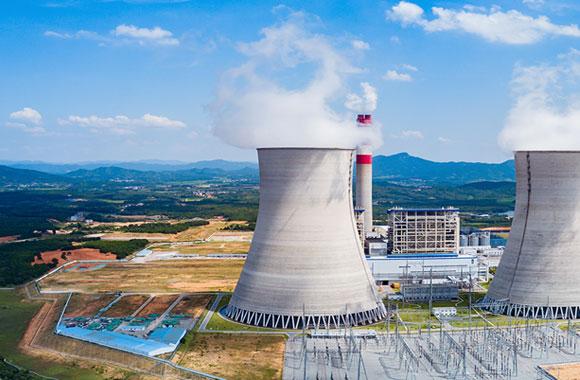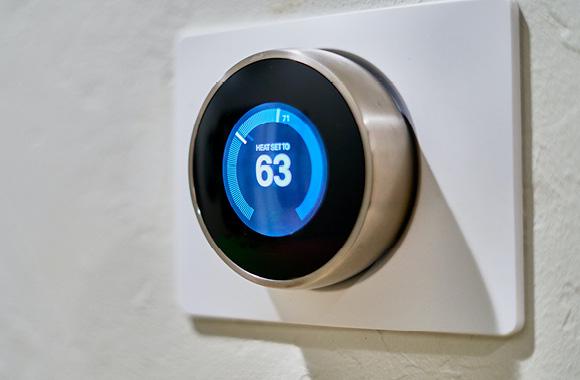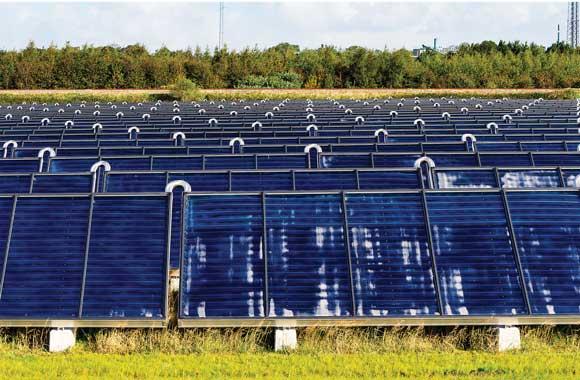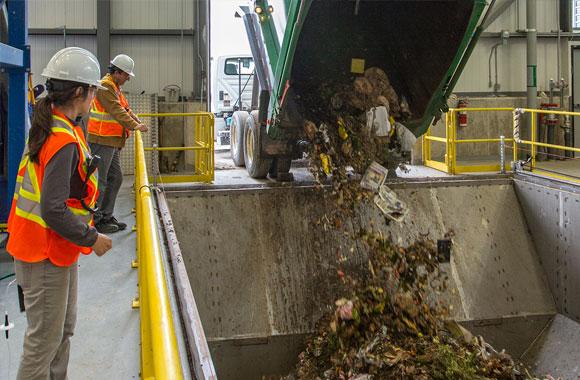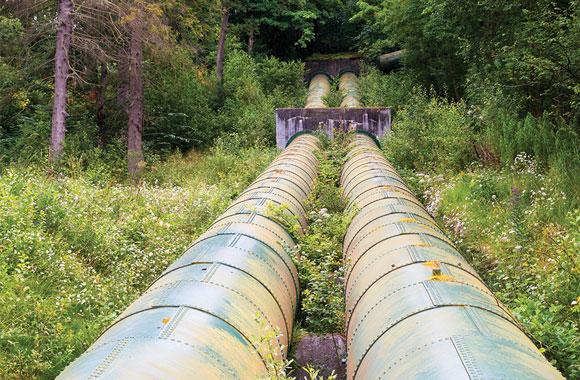Building Retrofitting
Retrofits can improve energy efficiency and so reduce greenhouse gas emissions with better insulation and windows, efficient lighting, and advanced heating and cooling systems.
Impact
Building owners who retrofit existing residential and commercial building space install better insulation, improved heating and cooling equipment, upgraded management systems, etc. These changes are accounted for by other drawdown solutions, so we don’t quantify their greenhouse gas and financial impacts here. No retrofit will look exactly the same, making forecasting costs and savings nearly impossible.
Introduction
Project Drawdown defines the Building Retrofitting solution as the renovation of building components (including building envelope, appliances, and controls) to include high-efficiency solutions. This replaces the conventional practice of retrofitting buildings with conventional solutions.
Building retrofits can be undertaken in myriad ways, initiated by the building owner, the manager, the tenant, or an external party, and with a suite of different financing models. The most suitable measures can also vary considerably, depending on the climate and the building location, shape, and form. Most building retrofitting focuses on either passive design measures such as improving the building envelope (e.g., installing better insulation and double-pane window glazing) or active design measures to improve the efficiency of lighting; heating, ventilation, and air conditioning (HVAC); water heating; and plug loads.
Methodology
Building retrofitting encompasses several solutions in the Buildings sector that Project Drawdown has modeled individually. Building retrofits can involve installing better insulation, energy-efficient glazing, more efficient lighting, heat pumps, and efficient water heating. Since these solutions were modeled separately, retrofitting was not modeled in order to avoid double counting. Modeling building retrofitting was also impractical, since building retrofits vary greatly depending on the size of the building, its location, the climate where the building is located, and other factors.
Results
The emissions and financial impacts of building retrofitting are included in individual solutions to avoid double counting.
Discussion
While many initiatives focus on new buildings, in most countries the majority of the buildings that will make up the urban environment by 2030 already exist. Improving building energy efficiency is one of the most cost-effective and fastest ways to reduce electricity demand and associated fuel imports, while indirectly slashing carbon emissions as well as improving local air quality and public health. Energy-efficient buildings are also believed to be healthier buildings, resulting in lower health-related absenteeism or productivity drops. Building retrofitting is increasingly used for public relations and brand management, contributing to a company’s social license to operate, while the green credentials can often also be used to satisfy reporting, procurement, or investment requirements. A retrofitted building is therefore less likely to lose value and be subject to functional obsolescence. For all these reasons, retrofitting for the world’s existing commercial, industrial and residential buildings is compelling.
Often, building the case for building retrofitting also means proving the value of investing in energy savings beyond the simple “energy cost savings” story. To do so, it is helpful to tap into what really motivates key decision-makers and show them how energy efficiency can contribute to those goals. The rise of better financing and contracting models that mitigate or eliminate the risk and burden of high up-front cost and somewhat uncertain operational cost savings, as well as schemes that provide incentives to utilities to help their customers save rather than consume more energy, are also increasingly important drivers for greater uptake of energy-efficiency building retrofitting. In addition, a number of global trends are likely to drive interest in building retrofitting. For example, new building risks have emerged, such as increased volatility of fuel prices for electricity generation and energy insecurity from dependencies on scarce fossil-fuel resources and the locations from which these are sourced.
What You Can Do
Schedule an energy audit for your home and follow up on recommendations.
Help connect organizations and agencies serving low-income individuals and families in your community with sources of subsidies for energy efficiency upgrades.
- Expand your knowledge by exploring another Drawdown solution.



